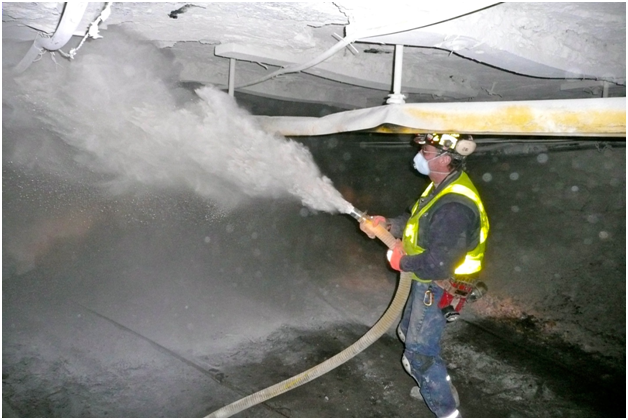Excessive dust in the workplace is associated with a range of diseases, making this seemingly innocuous substance one of the UK’s number one killers.

The health consequences of exposure to dust
Any worker can potentially develop a range of symptoms when exposed to a dust-filled working environment, from the mild to the life threatening. Asthma, rashes and skin conditions, eye and nose irritation and damage are more common symptoms, but exposure to some forms of dust can result in serious ailments like asbestosis and related lung cancer, silicosis and mesothelioma.
Once the lungs become infected, scarring and inflammation occur. This is known as pneumoconiosis and can take decades to manifest itself, by which point, major damage has often taken place. Symptoms such as breathlessness, excess coughing and weight loss can be signs that pneumoconiosis is present.
At risk environments
There are several high risk environments where dust can represent a critical problem for health. These include mines and quarries (coal and silica dust), carpentry and joinery (wood dust), construction sites (cement and asbestos dust) and agriculture (grain dust).

While these environments can be difficult to monitor, dust can also be an issue for office workers, causing irritation and allergy. Deep hygienic cleaning will help to prevent dust becoming an issue.
Prevention and risk management
If you’re an employer, then you have a duty to do all you can to eliminate or minimise harmful dust in the work environment. The workplace will need an exhaust ventilation system to remove the dust and a dilution ventilation system for dispersal. Regular maintenance of these systems and replacement of any defective ductwork blast gate damper parts is crucial to the effective management of dust in the working environment. Spares can be sourced from a company such as www.dustspares.co.uk.
In order to comply with government legislation, you must also provide the workforce with adequate PPE equipment, including protective clothing and respirators if required. A proper respirator should always be used in preference to a dust mask, when dealing with hazardous dust in the workplace. Workers at risk should also have access to regular medical check-ups that can help to pinpoint early signs of illness. Any employee who contracts a health condition as a result of exposure to hazardous dust is entitled to compensation.



Leave a Reply